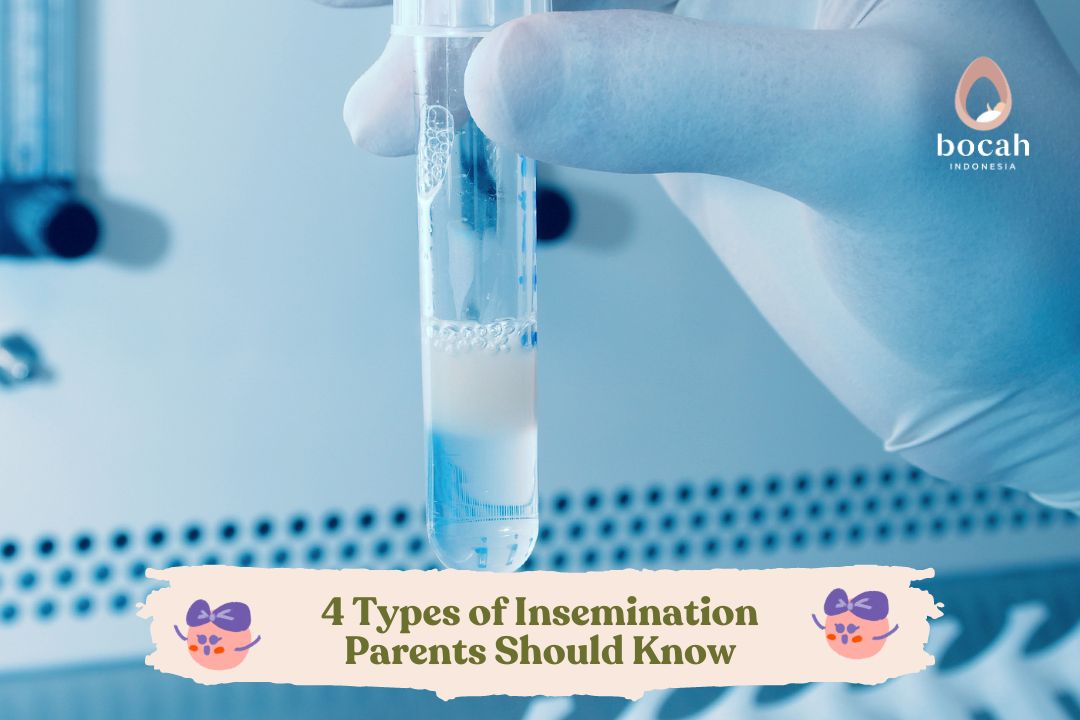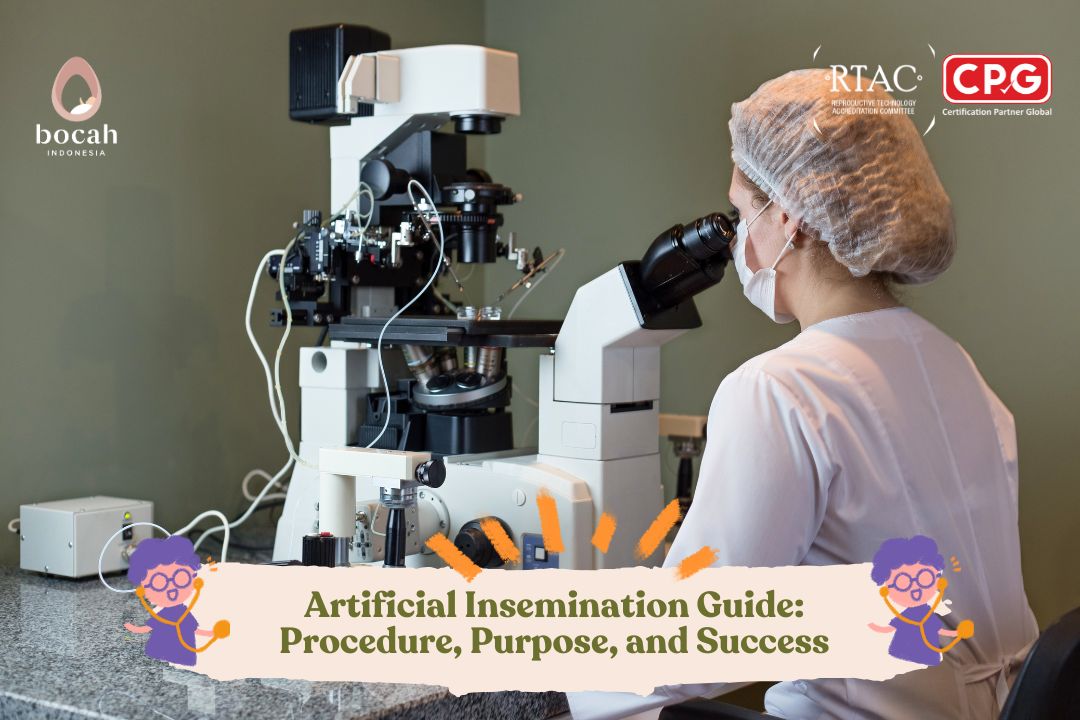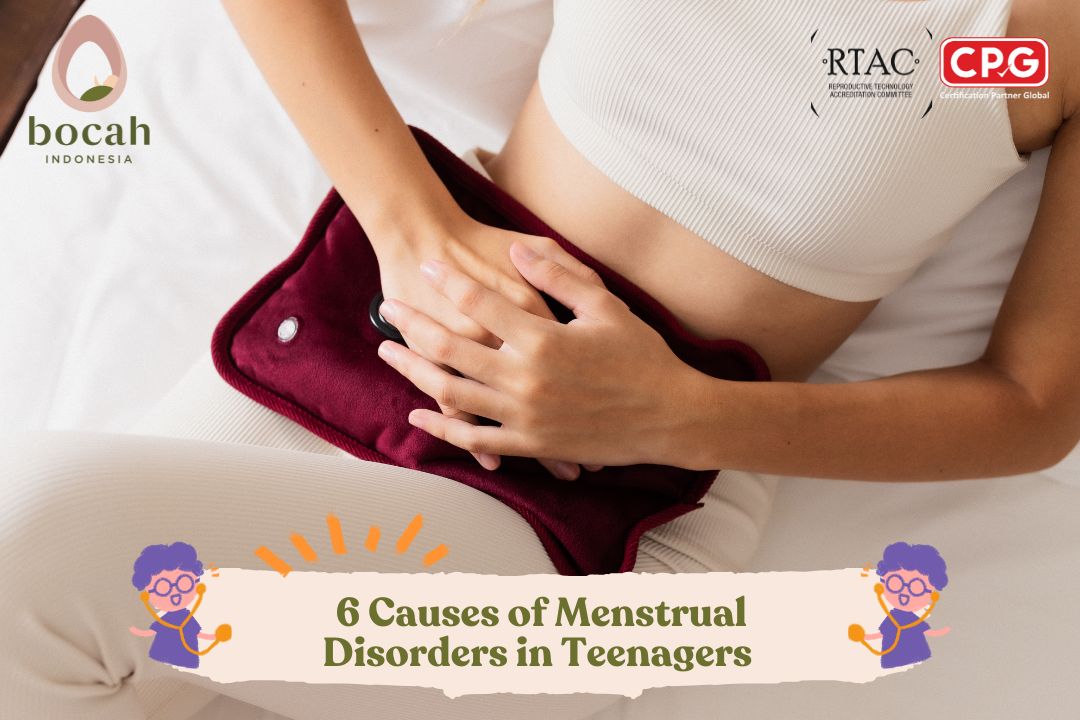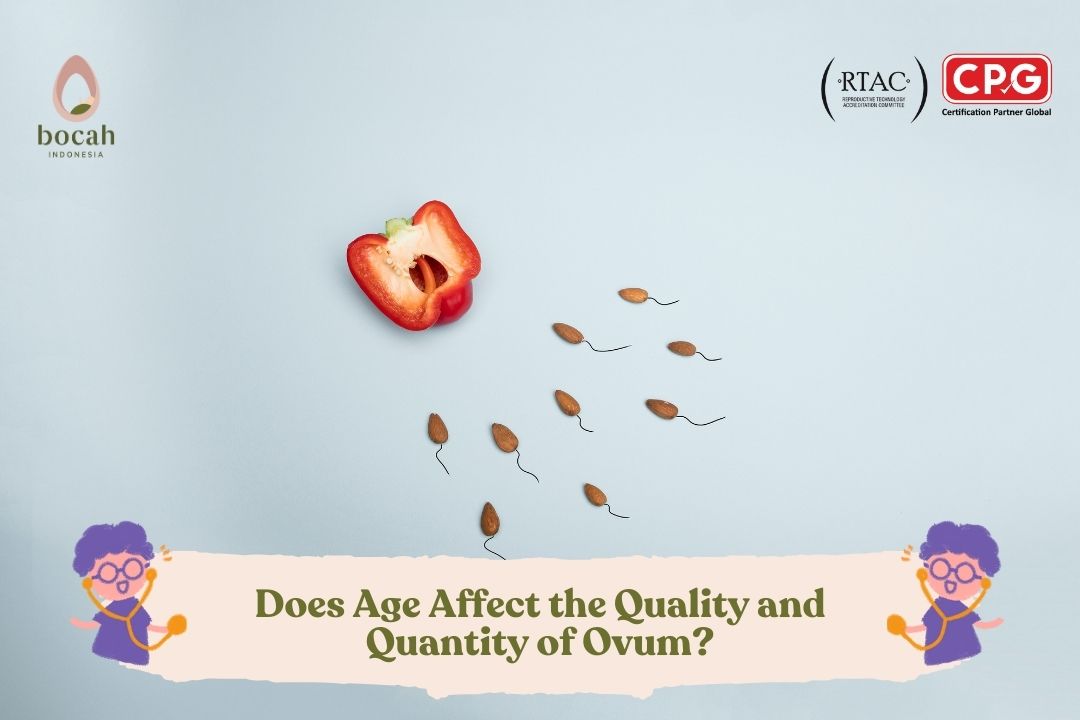Undeveloped Ovum, A Challenge for Expecting Parents
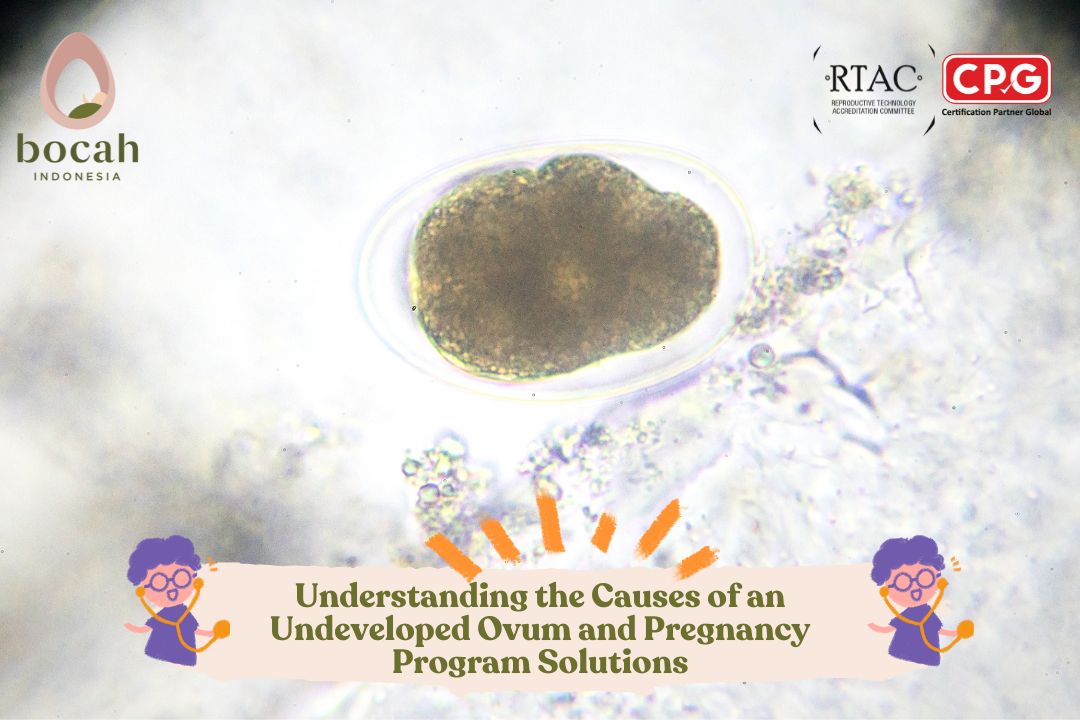
If you and your partner are hoping to welcome a little one, understanding the causes of an undeveloped ovum may be important. Read more here.
Awaiting the arrival of a baby is a time filled with hope and joy, especially for newly married couples. However, the journey of pregnancy can sometimes face challenges—one of which is an undeveloped ovum.
This condition is a common cause of miscarriage during the first trimester and can raise concerns for expecting mothers. To understand it better, let’s take a closer look at this condition so both mom and dad can be more informed.
Causes of an Undeveloped Ovum
An ovum is the egg cell produced by the ovaries in a woman’s body. It plays a central role in reproduction and is crucial for the process of conception.
A healthy ovum is key to successful fertilization and pregnancy development. If the ovum is compromised—whether in quality or maturity—it may affect a woman’s ability to conceive.
Tanya Mincah tentang Promil?
One possible reason for difficulty getting pregnant is an undeveloped ovum. This term refers to situations in which the egg cell fails to grow or mature properly, either before or after fertilization.
Ovum Fails to Develop Before Fertilization
Sometimes, an ovum fails to mature or develop even before fertilization. In a normal menstrual cycle, the ovaries release a mature egg each month through ovulation. This egg is then ready for fertilization by sperm.
If the ovum remains immature or fails to develop, ovulation does not occur. An immature egg cannot be fertilized, making it harder to conceive.
Possible Causes of Ovum Failing to Develop Before Fertilization:
-
Hormonal Imbalances:
Low levels of luteinizing hormone (LH) or follicle-stimulating hormone (FSH) can interfere with the growth of follicles that contain the ovum. Other hormonal disorders like thyroid imbalance or elevated prolactin levels may also affect ovulation and fertility. -
Poor Egg Quality:
Age, exposure to toxins (e.g., smoking, pollution, certain chemicals), or unhealthy lifestyles may impair egg quality, preventing proper maturation. -
Polycystic Ovary Syndrome (PCOS):
Women with PCOS may produce many small follicles that fail to mature into eggs, resulting in irregular or absent ovulation. -
Genetic or Other Factors:
Genetic abnormalities affecting ovarian function may also hinder egg development. Health conditions such as uncontrolled diabetes, thyroid disorders, or obesity can interfere with ovarian performance.
There are usually no obvious symptoms to indicate an undeveloped ovum before fertilization. Many women remain unaware until undergoing medical examination.
If you’ve had irregular menstrual cycles since adolescence or have been trying to conceive for over a year without success, it’s recommended to consult a doctor. Blood tests may be conducted to evaluate hormone levels, and ultrasound scans can help assess the condition of the ovaries.
Maintaining a healthy lifestyle through regular exercise, stress management, and proper nutrition can also support ovarian function.
Ovum Fails to Develop After Fertilization
When an ovum fails to develop after fertilization, it is often associated with a condition called blighted ovum or anembryonic pregnancy.
Blighted ovum occurs when a fertilized egg implants in the uterine wall but fails to develop into an embryo. Normally, the fertilized egg (zygote) divides and implants in the uterus, developing into an embryo, gestational sac, and placenta. In a blighted ovum, the zygote stops developing early on, and no embryo forms.
Despite the absence of an embryo, the gestational sac and placenta may still grow temporarily. As a result, pregnancy symptoms such as nausea, fatigue, and positive pregnancy tests may still be present.
Causes of Blighted Ovum:
-
Chromosomal Abnormalities:
The most common cause is genetic defects that occur randomly during cell division, preventing normal embryonic growth. -
Poor Egg or Sperm Quality:
Fertilization involving a low-quality egg or sperm may result in failed embryo development. -
Other Factors:
Advanced maternal age (especially over 35), infections, hormonal imbalances, or immune system disorders may also increase the risk.
At first, symptoms may resemble a normal pregnancy—nausea, breast tenderness, and positive tests. But over time, symptoms may include:
-
Light to heavy vaginal bleeding
-
Lower abdominal cramps
-
Ultrasound showing a gestational sac without an embryo
Blighted Ovum Treatment Options
Treatment depends on the case. Your doctor may recommend:
-
Medical intervention such as dilation and curettage (D&C) or medication to help the body expel pregnancy tissue
-
In some instances, the body may naturally miscarry without medical assistance
Many women go on to have successful pregnancies after a blighted ovum. The condition is often a one-time event and does not always indicate long-term fertility problems.
Once recovery is complete, many women are able to conceive again and carry a healthy pregnancy. However, if you experience repeated blighted ovum cases, consult a healthcare provider for further evaluation.
Medical support and healthy lifestyle choices can enhance the chances of a healthy pregnancy in the future. Don’t hesitate to consult a fertility specialist to find the right pregnancy program for you and your partner.
For more information about pregnancy programs, follow Bocah Indonesia on social media.
Source:
- Chaudry, A., et al. (2020). Blighted Ovum: A Case Report. Women’s Health Open Journal, 6(1), pp. 3–4.
- Zaidan, A., & Al-Juffairi, Z. A. (2019). The Effectiveness of Misoprostol in Causing a Complete Miscarriage in a Blighted Ovum Pregnancy. Bahrain Medical Bulletin, 41(2), pp. 71–4.
- Cleveland Clinic (2020). Disease & Conditions. Blighted Ovum.
- Mayo Clinic (2021). Diseases & Conditions. Blighted Ovum: What Causes It?
- Kam, K. WebMD (2020). How Often Do I Need Prenatal Visits?
- Whelan, C. Healthline (2022). What You Should Know About Blighted Ovum, Miscarriage, and Future Pregnancies.


